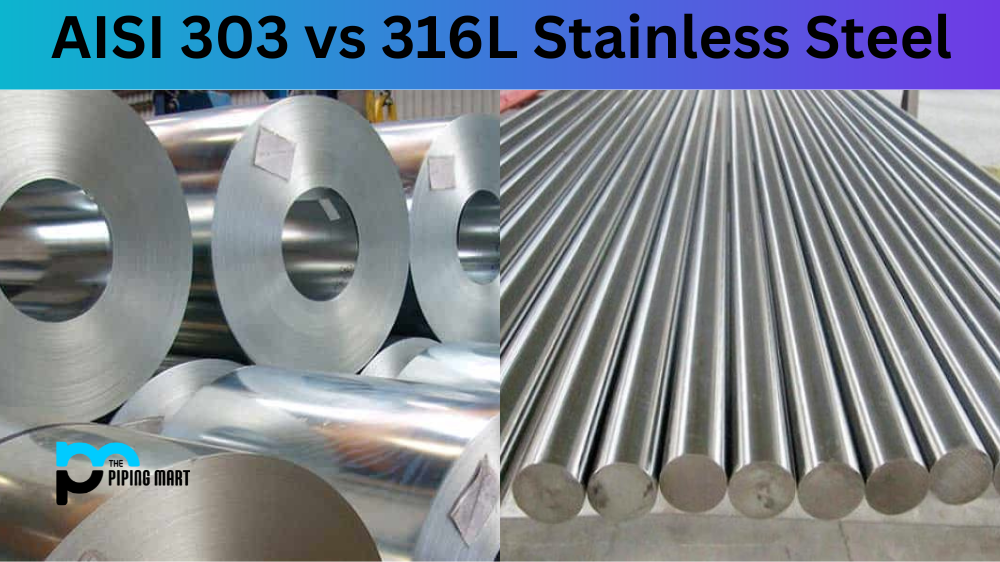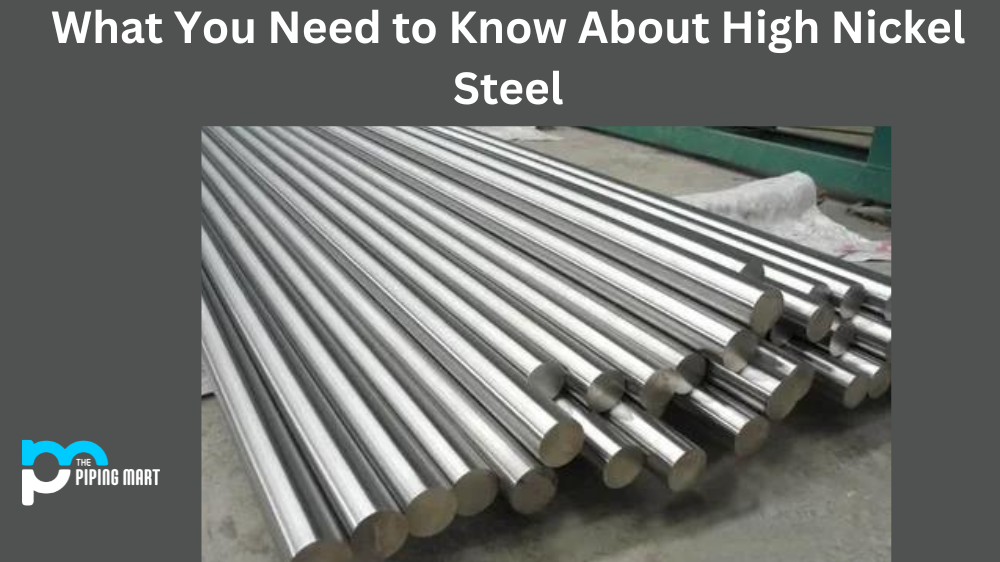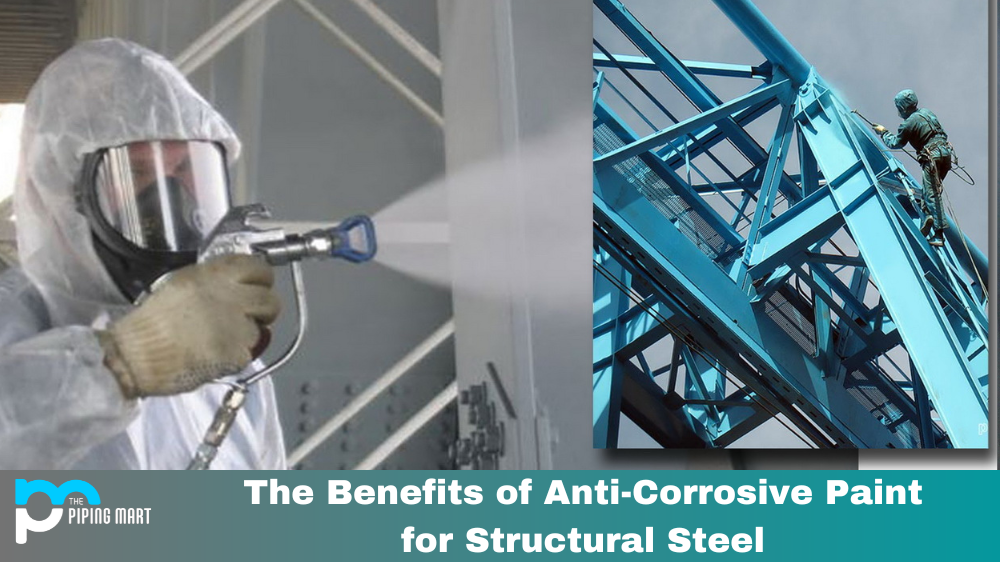When it comes to stainless steel, there are many different grades and types. Two of the most popular are AISI 303 and 316L. Both of these materials offer a range of benefits and features that make them well-suited for various applications. Let’s look at how these two materials compare in strength, corrosion resistance, and other characteristics.
Difference Between AISI 303 and 316L
AISI 303 and 316L are two types of stainless steel that are often used in the food and beverage industry. They both have excellent corrosion resistance and are easy to clean. However, some critical differences between the two should be considered when choosing which one to use.
Strength & Hardness
AISI 303 is an austenitic stainless steel with good machinability and corrosion resistance properties. It is typically used for components that require high strength, such as screws, nuts, bolts, valves, and fittings. The material also has a high tensile strength (up to 520 MPa) and a hardness rating of HRC 30-35.
316L is also austenitic stainless steel with a higher chromium content than AISI 303. This material has superior corrosion resistance properties due to its higher chromium content (18%) compared to AISI 303 (16%). It also offers increased flexibility and toughness due to its lower carbon content (0.03%). Its tensile strength is slightly lower than AISI 303 (up to 480 MPa), but its hardness rating is higher at HRC 35-40.
Corrosion Resistance
Regarding corrosion resistance, both materials perform very well in low concentrations of acids or alkalis but differ when it comes to chlorides or other halides. AISI 303 offers better corrosion resistance against chlorine than 316L due to its higher molybdenum content (2% vs 1%). This makes it the ideal material for applications with higher levels of chloride exposure, such as in marine environments or swimming pools.
Cost
AISI 303 is typically less expensive than 316L, making it a good choice for those on a budget. However, it should be noted that the cost difference between the two can vary depending on the specific grade of stainless steel that is being used.
Availability
AISI 303 is more widely available than 316L, making it easier to find for those who need it. Additionally, AISI 303 is typically produced in larger quantities than 316L, making it more readily available for those who need it in large amounts.
Conclusion:
In conclusion, AISI 303 and 316L are excellent choices for applications where strength, durability, and corrosion resistance are needed. The critical difference between them lies in their respective alloy contents; AISI 303 contains more molybdenum which gives it better corrosion resistance against chlorides, whereas 316L contains more chromium which provides it with superior corrosion resistance against non-halide environments such as acids or alkalis. So when selecting the best type of stainless steel for your application, consider the domain where the material will be used before making your decision!

Abhishek is a seasoned blogger and industry expert, sharing his insights and knowledge on various topics. With his research, Abhishek offers valuable insights and tips for professionals and enthusiasts. Follow him for expert advice on the latest trends and developments in the metal industry.




